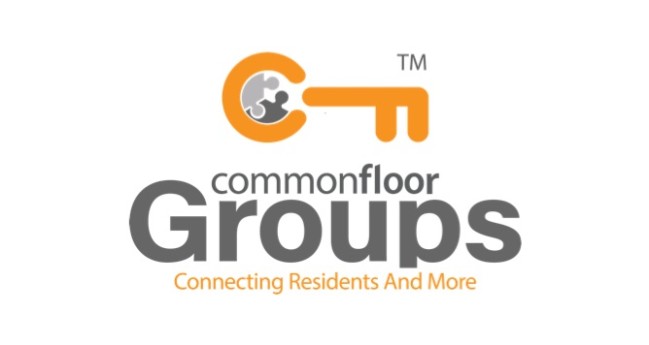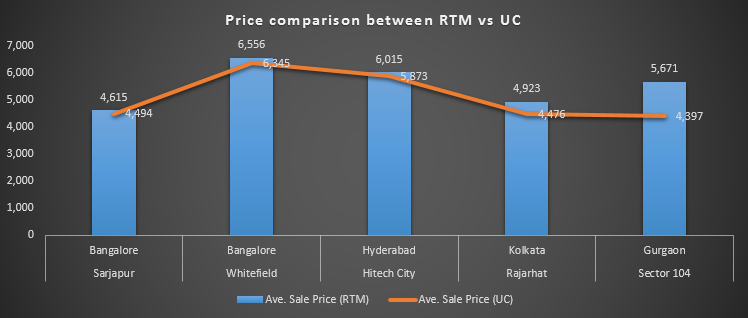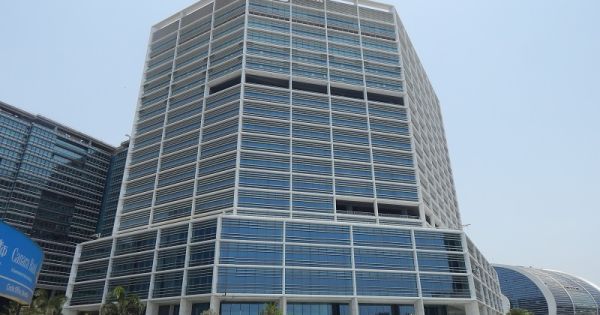New smart features of CommonFloor Groups App
CommonFloor, a Quikr company that allows home aspirant, sellers and real estate professionals a comprehensive online real estate environment, coming up with new Smart Community Feature updates. These new and unique community features on the CommonFloor Groups app will provide residential communities with improved security features to manage visitor information and improve residents’ safety in society.
The new improved version is based on the recently conducted consumer survey on CommonFloor Groups. It revealed some of the essential subjects related to child safety, need for better documentation processes and a more accessible device to track vendors and visitors that go beyond old-fashioned tracking. This new and improved feature helps build smarter communities across the country.
The strong, cloud-based security system converts security guards into Smart Guards who can connect, communicate and cooperate with residents and apartment communities in a convenient manner.
Old Features:
It is an easy way to manage visitor entry as all the information is recorded digitally.
It allows residents to approve visitors’ entry with OTP (one-time-password), without dependency on an intercom.
It also allows residents to pre-approve hassle-free entry for their guests to avoid any waiting time involved in manually registering their names at the front gate.
It gives real-time notifications on the attendance details of domestic help and other staff members, the arrival of the school bus and daily vendors, among others.
We are happy to announce the revamp of CF Groups App. The New App has cleaner and richer UI, easy navigation flows for Guest/Vendor/Staff Check-ins and Industry-first features when it comes to Apartment security.
Following new changes are made under the Resident App
1. Cleaner and Rich UI
2. Improved Guest Check-in Approval screen
3. My Daily Help revamped screen
4. Staff Attendance tracking
5. Issue Gate Pass to staff and vendors
6. Resident to Guard Messaging functionality
7. Improved My House & My Dues page
8. Improved Guest Pre-approval flow with check-in code being generated
Following new changes are made under Guard View:
1. Staff check-in via code
2. Guests can check-in via code
3. Guard to Resident messages
4. Guard can view gate pass issued
5. Move-in / Move-out check-in ( for Movers & Packers)
6. Water Tanker / Oil tanker check-in
The Resident & Guard side of the App has been enhanced on the following fronts:
a. Improved Guest/Vendor Check-in Approval Screen
Now Residents need not go to the Smartguard section inside the App to approve the Guests & Vendors, but the functionality is integrated into App main flow as My Visitors
Resident can also pre-approve Guests, post which code gets generated and Guests can check-in in the community using the code.
b. My Daily Help
Residents can now Add and set notifications for the ‘Daily Help’ visiting their house. They can also check the Attendance track record/history of his staff.
‘Daily Help’ addition functionality also lets them search all Daily Helps working in their community and call and check for availability.
c. Resident-to-Guard Messaging
Residents can now send messages to Guards at the Main gates in case they want to report anything urgent. Guards can also send the message to Residents. Guard need not type the entire message, but pre-defined messages are already available for him.
d. Daily Help/Staff Check-in via Code
Daily Helps / Staffs can now check-in in the community by giving a 6 digit code. This reduces the time taken for check-in and makes the process much more efficient.
e. Gate Pass Addition & Viewing
Residents can also issue Gate pass to the ‘Daily Help’ in case they are giving any stuff to them. Guards can check the Gate pass before checking-out the Daily Help.
f. Move-in / Move-out Check-in
If the Resident is moving-in or moving-out of the community, the Admin can issue a Move-in / Move-our code to Residents which can be given to Movers & Packers basis which they can enter into the community. This feature is not available in any other visitor management applications. The Admin issues the code when NOC is obtained by the resident.
g. Water Tanker / Oil Tanker Check-in
For the Water Tanker and Diesel Tanker which enters the community, the Guard can check-in them along with the capacity of the tank. This helps the Admins / Property Manager keep a tab of the amount of Water / Diesel entering into the society and track it efficiently. Again, this feature is not available in other visitor management applications.
Apart from these things, the UI has been revamped for all other screens like Complaints Management, Payment & Dues etc.
At last, We would like to thank all our customers for giving us such valuable feedback to improve the app.















